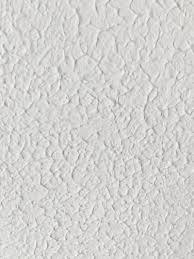
ARTEX
Asbestos Reinforced Textured Coating (Artex) contains Chrysotile (White Asbestos)
Chrysotile is the most common form of asbestos and the only serpentine fibre.
All asbestos is hazardous to human health, as it can cause cancer and other diseases.
Where would you find it?
On ceilings and walls and was widespread throughout the 1970s and 1980s.
You can find it on plasterboard, plaster and lath or concrete ceilings.
It can be in all property types, from domestic houses to commercial properties.
How can I tell if the textured coating on my walls and ceilings contains asbestos?
It’s impossible to see asbestos fibres in ARTEX with the naked eye.
It would be safe it its later than the 1990s, It would be unlikely to contain asbestos . Another indication would be the colour. It could be plaster, a more modern textured coating if it’s orange or grey.
Asbestos testing
The only way to know for sure if asbestos is present is to have a sample taken and analysed under a microscope by polarised light microscopy (PLM).
You Can Leave Artex in Place?
If it is undamaged, it can be left safely in place. As with all asbestos products, the danger occurs when it’s damaged by design or accident. If you sand or drill into it, the Artex will release asbestos fibres into the air.
Have a look at the HSE website Asbestos essentials for more information.
